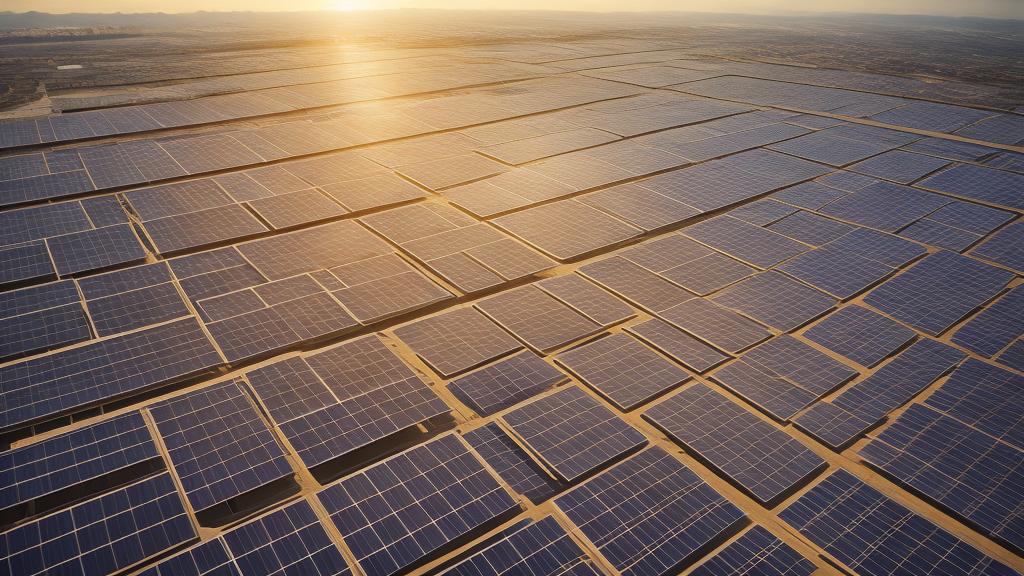Unveiling solar potential in cities is akin to tapping into a hidden reserve of renewable energy. In a world where urban landscapes are synonymous with concrete jungles, the challenge remains: how do we weave solar power into these thriving metropolises?
The answer lies in innovative strategies that transform rooftops and vacant spaces into solar power hubs. Cities such as New York, London, and Shanghai have started leading the charge. They've initiated policies encouraging the use of solar panels on skyscrapers, turning vertical space into vertical savings.
But scaling solar in urban areas brings a unique set of challenges. High-rise buildings often face shading issues as neighboring structures block sunlight, reducing efficiency. To counteract this, meticulous planning is essential, utilizing software that maps out sunlight trajectories over different seasons.
Moreover, cities have artificial landscapes plastered with glass and steel that reflect and absorb heat drastically. Urban heat islands are phenomena where urban or metropolitan areas become significantly warmer than their rural surroundings. This could potentially reduce the output of solar panels, which perform optimally at lower temperatures.
However, inventive minds are working on technologies like bifacial solar panels. These panels capture sunlight from both sides, offering a solution to space constraints and shading. Combining these with reflective rooftops enhances their efficiency by reflecting sunlight back onto the panels.
Policy initiatives play an equally essential role. Incentives like tax rebates and grants are critical in offsetting the upfront costs of solar installations. Furthermore, streamlining permit processes can significantly reduce installation times and costs, making solar more economically viable in urban contexts.
One of the most brilliant innovations in this field is the concept of solar canopies. These not only generate energy but also provide shade in open spaces like parking lots, reducing the overall temperature of the area. This integration showcases how solar infrastructure can provide multiple benefits beyond mere energy generation.
Education and awareness are also pivotal. Urban planners and builders need to be educated on the benefits of integrating solar solutions right from the design phase to optimize both cost and energy efficiency. Public engagement campaigns can shift perceptions, encouraging communities to embrace solar energy.
Incorporating battery storage solutions adds another layer of robustness to urban solar power systems. Allowing for energy to be stored during peak sunlight hours and utilized when it is less sunny or during peak consumption times, this technology ensures consistent power supply and grid stability.
The potential for smart grids in urban environments further enhances the capability of solar power. By intelligently distributing energy based on demand and supply across the city, these grids maximize the utility of solar installations.
Integrating solar into urban landscapes isn't just about dealing with energy inefficiencies but reinventing urban living. It makes us question our cities' design, inspiring architects and planners to reimagine and optimize the spaces humans inhabit.
The endeavor transcends pure technological and logistical challenges. It's about altering perspectives to harness a sustainable future where green energy is at the heart of city life. Every city has a unique narrative, and solar energy may well be the next chapter in this ongoing story of innovation and transformation.
integrating solar power into urban infrastructure: overcoming challenges and leveraging benefits

